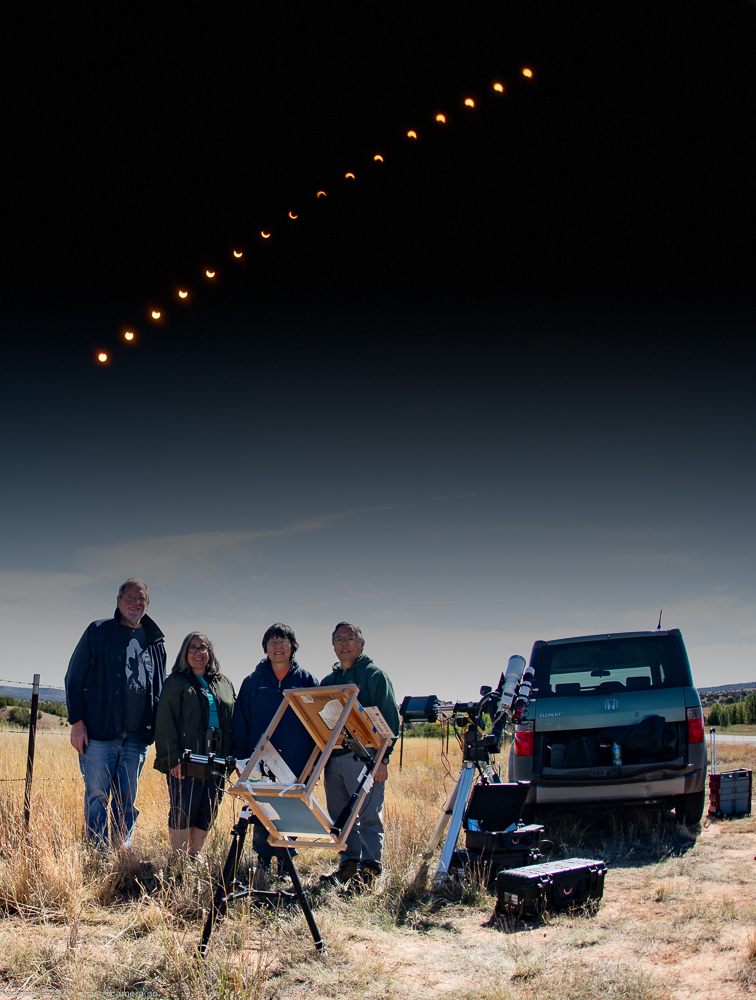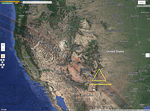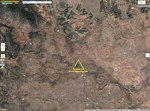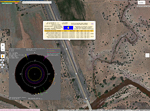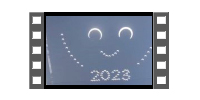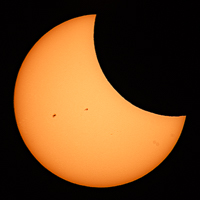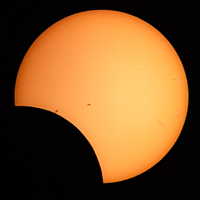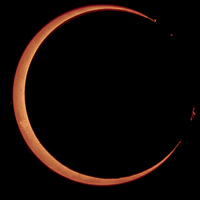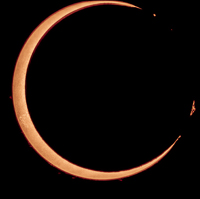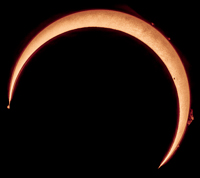Saturday, October 14 was a long-anticipated day for us. For several years we had been planning on a road trip with our eclipse observing friends Greg and Vicki from the Chicago area to see an annular solar eclipse (ASE) crossing the U.S. mainland. Our planned observing site was near Santa Rosa, New Mexico, near the northern edge of the eclipse shadow path.
Most observers (especially first-timers) would naturally head for the center of the eclipse path so that the Moon would be exactly centered on the sun, creating a perfect ring in the sky and the full annularity would last the longest. But since we had seen an annular eclipse back in 2012 we opted for the edge of the eclipse shadow where we would see the rough southern edge of the Moon just touching the edge of the sun. From the edge of the path, we would be able to see an extended view of "Baily's Beads" which are produced when the edge of the sun can just be seen between the peaks at the edge of the Moon.
In the end, we had to adjust our observing position due to clouds in the area, and even then we did not have a totally clear view of the eclipse. This and some technical problems prevented getting the best of the eclipse, but below are some of the images recorded.
Click to view more pictures and read more about the trip background.
|
Maps and Eclipse Circumstances
|
Note: All maps generated by Xavier Jubier's excellent eclipse planning site.
|
|
Pinhole / Binocular Projection Views
|
|
|
White light (broadband) Views
|
|
|
Hydrogen-Alpha Views
|
The Hydrogen-Alpha photos were taken with a monochrome camera, but these images have been colorized to make them easier to see. They are tinted slightly more red than the "white light" broadband views to differentiate the 2 types of images. Unfortunately the thin clouds reduced the contrast of the H-Alpha images.
|


